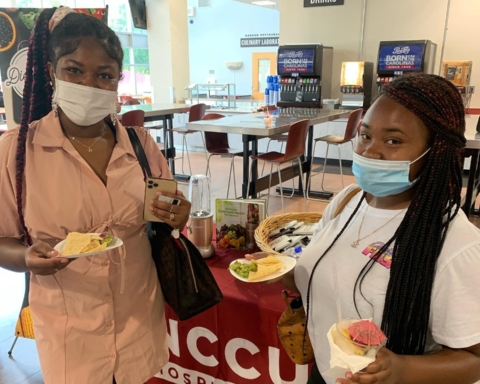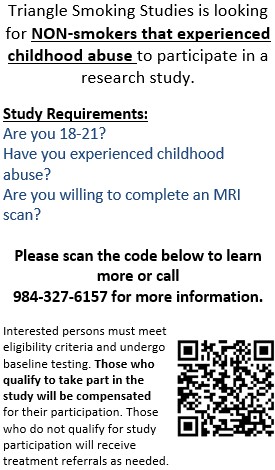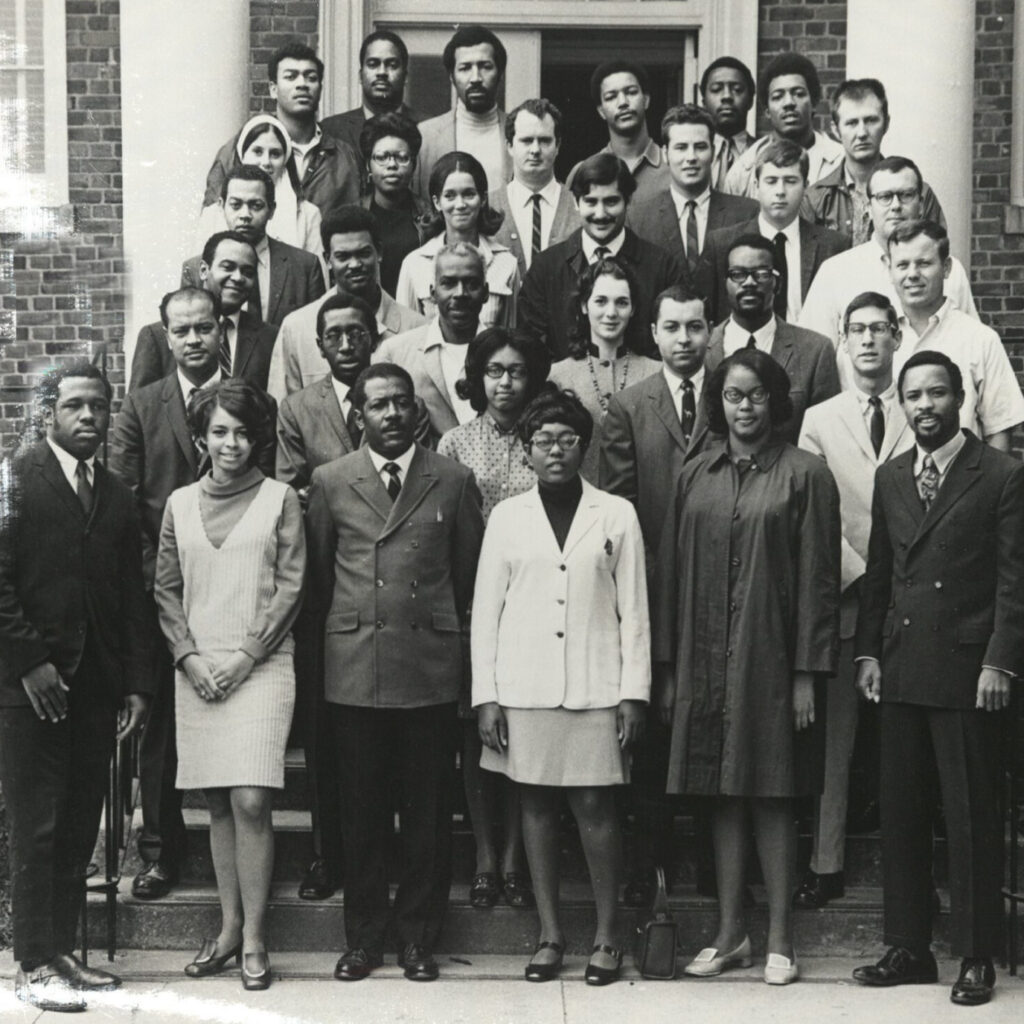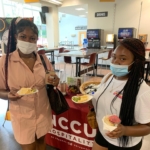According to the CDC diabetes statistics report over 10 percent of Americans, or 38.4 million, suffer from one form of diabetes or another. Just over 11 percent of African Americans suffer from the disease, according to Northwestern Medicine.
Black adults are 60 percent more likely to be diagnosed with diabetes than white adults.

Diabetics manage their disease through diet and insulin, but diabetes is a constant struggle. Especially in the American food system that is filled with sugars, processed food, and carbohydrates (which convert into sugars when digested).
Managing diet is particularly difficult for students living on cafeteria food, especially when the cafeteria hardly has insufficient diabetic food options. This is especially important at an HBCU where diabetic rates are above the national average.
N.C. Central University sophomore Kaila Borrow describes living with diabetes as an ever-present challenge of managing blood sugar levels with a combination of insulin shots and attention to diet. She monitors her blood sugar levels with a dexcom monitor on her arm.
“When it comes to managing my diabetes … I inject insulin everyday. I have a long-lasting [dose], which I take once a day. Then I have short-acting [dose] which I take with every meal, or if my blood sugar is high to help lower it.”
But that’s the easy part to control, despite the difficulty of self-administering a daily shot, for Borrow, it’s cafeteria food that presents the most problems.
Borrow says she normally starts her morning at the café with fruit and an omelet. For lunch she says she’ll grab some fruit from the cafe or fast food around campus.
But she says, “a lot of things are out of our control.”
“Sometimes there is not a good variety of foods that they provide in the café,” Borrow said. “So I just have to suck it up and know my sugar will be high. Which is dangerous, but we have to eat you know? This is highly unfair, why should diabetics suffer because the cafeteria hardly has any options to choose from aside from salad and fruit.”
But Aramark nutritionist Keli Wood says diabetic students have options.
“The café has options daily at every meal period for diabetics. Whole grain pasta, whole grain breads, and quinoa are healthy grains that can be found throughout the dining hall,” Wood said. “Our salad bar offers legumes, fresh veggies, and fresh fruits.”
But diabetic students say that Wood glosses over a number of issues. The offerings, says Barrow, often aren’t filling, the fruit often isn’t fresh, or it’s canned fruit in sugary syrup. And wheat bread is what’s often offered in the sandwich section, not whole grain, the type needed by diabetics. On top of that, the waffles and pancakes aren’t whole grain either.
I understand Barrow’s struggle with campus food. I too am diabetic.
Aramark can do better. And if they can’t do better the university needs to apply pressure on them to do better.
Diabetics like Barrow and me need to maintain a steady wholesome diet. Our diet is not simply a diet, it’s a lifestyle. We do not have cheat days. And we rely on campus food services to bend over backwards to meet our needs. If we can’t eat right we will die. That is the sad reality.


















